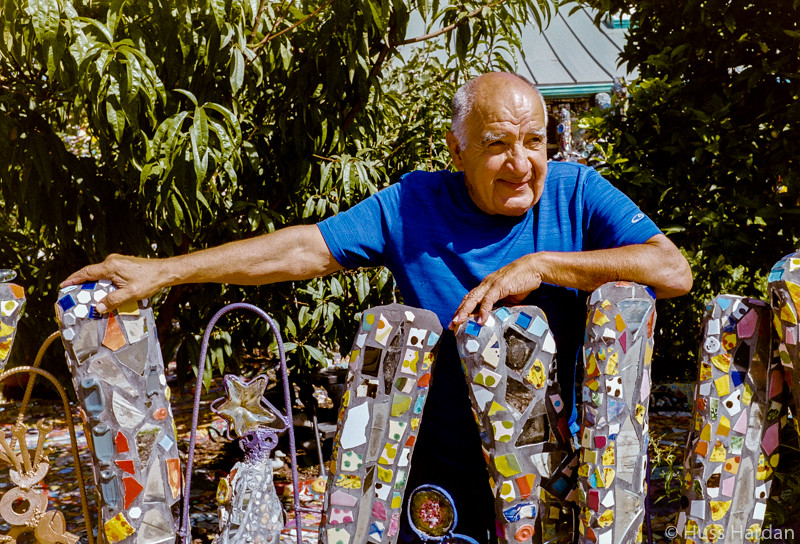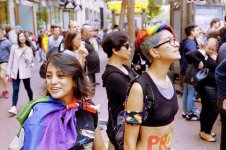Huss
Veteran
Hard to tell. This images present hard contrast with almost no gradation of tones. The only part with half tones is mans skin. Blue clipped in shadows unfortunately. Artificial objects in the bottom part don't leave clues of what color they are actually. Basically the only other detail leaving clues are sunny lit tree leaves. Those are somewhat reddish to my taste. The image is ok overall. If I was working on it I would make leaves greener and use red channel as a mask to recover blues in mans shadow skin tones.


blah blah blah blah....
first no reds. even though the image had no reds. then no contrast. even though contrast was correct. then, with the same lens, on the same roll of film, too much contrast.
🙂


